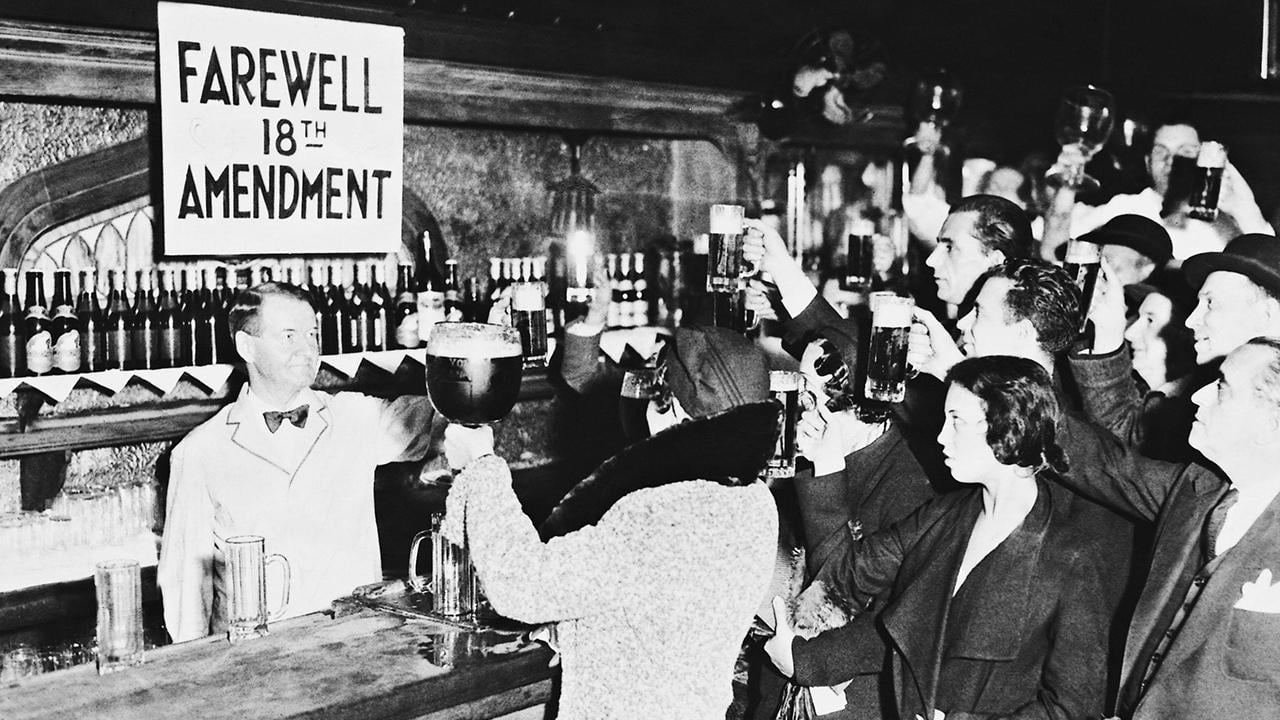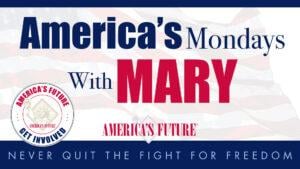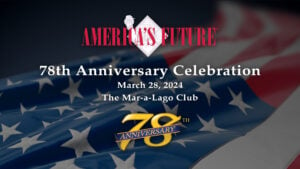
The Twenty-First Amendment was proposed by Congress on February 20, 1933 and ratified by the states on December 5, 1933. Comprised of three sections, it repealed the Eighteenth Amendment ending the federal government’s ban on the importation, manufacture, sale, and/or transportation of intoxicating liquors in the United States. Section two of the Amendment, however acknowledges and affirms the states’ rights to regulate alcohol within their individual jurisdictions. In fact, the phrase, “in violation of the laws thereof, is hereby prohibited” speaks to, and appreciates, the sharp teeth of state laws regulating alcohol. The text of the Twenty-First Amendment, in its entirety, states,
Section 1
The eighteenth article of amendment to the Constitution of the United States is hereby repealed.
Section 2
The transportation or importation into any State, Territory, or possession of the United States for delivery or use therein of intoxicating liquors, in violation of the laws thereof, is hereby prohibited.
Section 3
This article shall be inoperative unless it shall have been ratified as an amendment to the Constitution by conventions in the several States, as provided in the Constitution, within seven years from the date of the submission hereof to the States by the Congress.
Of note is that this amendment is the only Constitutional Amendment by which Congress selected the ratification process of state ratifying conventions, as opposed to that of state legislatures.
Article V of the Constitution made available to Congress two methods to achieve ratification of an amendment to the Constitution: “Amendments to the Constitution may be ratified by the Legislatures of three fourths of the several States, or by Conventions in three fourths thereof.”
By selecting ratification by state ratifying conventions, as opposed to ratification by state legislatures, Congress effectively avoided the strong presence of the Temperance movement in state legislatures. The Temperance movement was heavily behind the passage of the Eighteenth Amendment, and while no precedential guidance existed as to the form and manner of how these state-ratifying conventions would be conducted, the popular sentiment to ban prohibition left little at issue as to the manner in which the state ratifying conventions were held.
While this Amendment ended America’s period of prohibition at the federal level, states were free to continue regulating and restricting alcohol. Two examples of states that maintained strict rules for a period of time include Mississippi remaining a “dry” state until 1966 and Kansas, which prohibited patrons from buying a drink made with alcohol at a bar or restaurant until 1987.
To various extents, restrictions governing alcohol and alcohol sales still exist in every state. Every state in the union and the District of Columbia has set the minimum legal drinking age at twenty-one years old. That said, most states allow underage consumption or possession of alcohol under limited circumstances if the person is over 18 years old, such as in the presence of parents, for religious or medical purposes, or while in a certificate or other type of seminar or class that requires tasting or while serving alcohol. Some states also offer prosecutorial exemptions for underage persons who have consumed alcohol but are reporting an assault or medical emergency.







